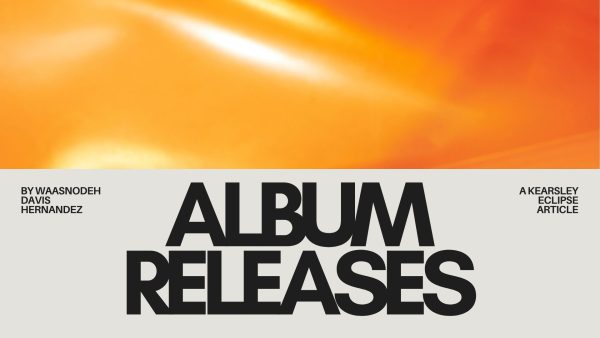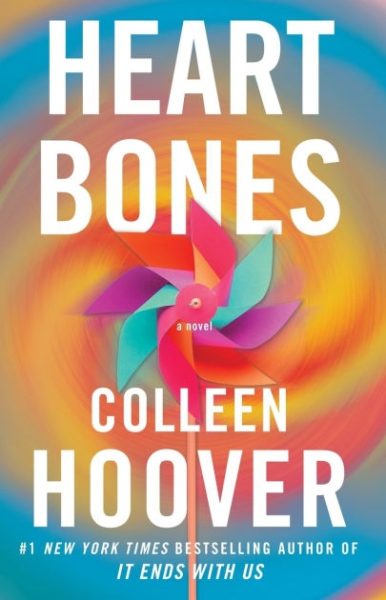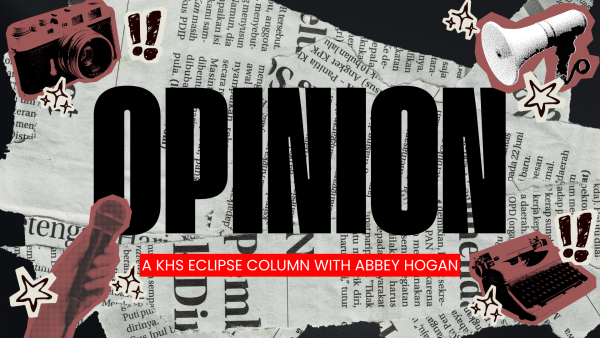The Psychology of Colors
Color theory is both the science and art of using color, but it is also much more, colors can affect or inflict psychological feelings and emotions.
The first color wheel was designed by Sir Isaac Newton in 1666, so it absolutely predates your introduction to colors in Kindergarten.
The color wheel consists of three primary colors, (red, yellow, blue).
Three secondary colors, (colors created when primary colors are mixed: green, orange, purple), and six tertiary colors (colors made from primary and secondary colors, such as blue-green or red-violet).
Warm colors are generally associated with energy, brightness, and action, whereas cool colors are often identified with calm, peace, and serenity.
Some of the effects of colors appear across several cultures.
Warm colors like red, yellow, and orange evoke higher arousal emotions, such as love, passion, happiness, and anger.
Cool colors, like blue, green, and purple are linked to calmness, sadness and indifference.
Colors can trigger these arousal states and emotions.
Several studies show the impact of the paint color used in offices or living rooms on the mood of people in them.
Colors can affect your decision making which explains why many businesses use the color theory. This is why artists and designers use the color theory.
When you recognize that color has a temperature, you can understand how choosing all warm or all cool colors in a logo or on your website can impact your message.
Some colors even affect what food we choose to eat. Orange is known to increase appetite and is often used for food packages and in fast-food restaurants.
Blue triggers disgust and loss of appetite because there are no natural foods that are blue. These implicit color expectations may alter how we respond to food or beverages.
Color psychology is the study of how certain colors impact human behavior. Different colors have different meanings, connotations, and psychological effects that vary across different cultures.
Along with cultural differences, color psychology is largely impacted by personal preference.
Color also affects our bodies’ state of mind with psychologically preparing for danger, red is known to heighten physiological alertness.
It activates our nervous system which causes an increase in the heart rate and the amount of adrenaline circulating in our bloodstream. This fight-or-flight response enables us to react faster.
Cool colors like blue and green have the opposite effect by helping relax and calm the mind and the body. For example, reduce respiration and lower the blood pressure. Therefore, surgeons often dress in green or blue.
The effects of colors on behavior go even further.
The color of a medical drug seems to have an impact on its effectiveness.
Red, yellow, and orange pills are associated with stimulating effects; blue, green, and purple with relaxing, or even numbing effects.
Another study shows the effect of colors on performance. Students who had to wait in a red-painted room before taking an exam showed significantly lower test results.
The researcher reasoned that it might be because red is associated with danger and failure (mistakes in exams are usually marked in red).
Warm colors such as red and orange seem to activate the survival mode, increasing speed and force but decreasing patience and creativity.
Cool colors like blue seem to have opposing calming effects.
They are relaxing and enhance creativity. Installing blue-colored lights in train stations or streets can even reduce the crime rate.
The color theory explains how humans perceive color; and the visual effects of how colors mix, match or contrast with each other. The color theory also involves the messages colors communicate; the methods used to replicate color.
So next time you are redecorating, painting, or even choosing an outfit for the day think about how the color theory affects the colors in your life and how it may benefit you or even others to keep the color theory in mind.
So, how do colors make you feel? Good or bad, sad or happy, angry or calm?






